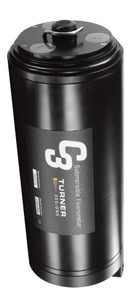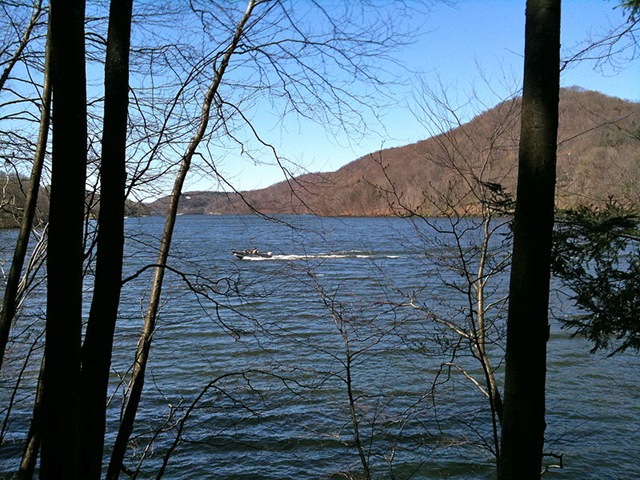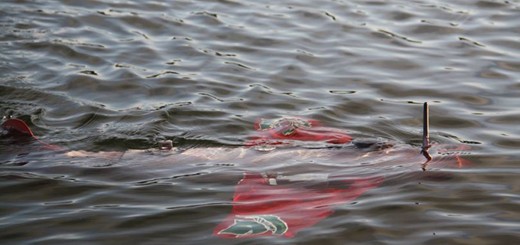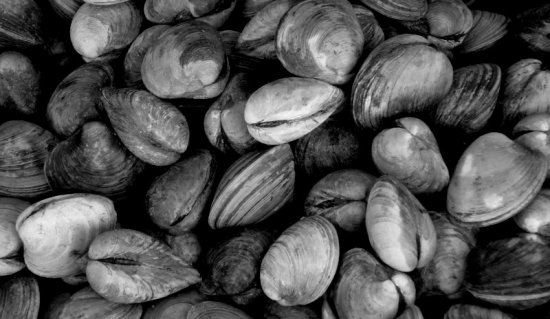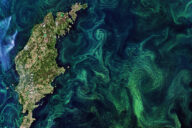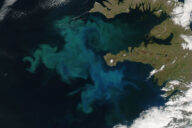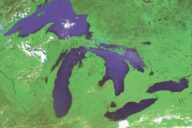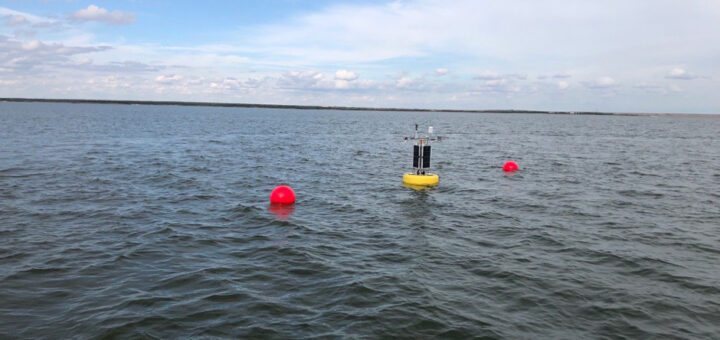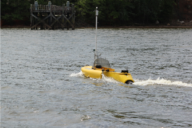BP uses new water quality monitoring technology in response to the Gulf oil spill
0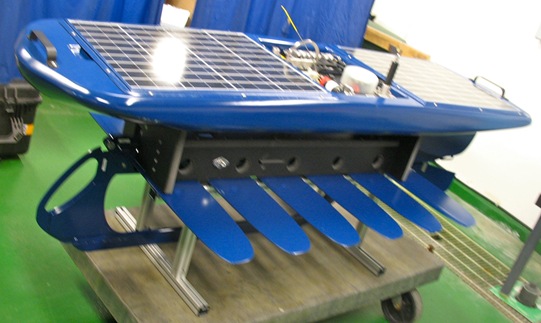
A watercraft called the Wave Glider will utilize satellite telemetry, nine optical water quality, and an on-board weather station to monitor water quality in the Gulf of Mexico. The autonomous unit requires no fuel, no motor, and no propeller.
BP is using an advanced array of monitoring technology to asses the residual effects on water quality from the oil pipeline leak in the Gulf of Mexico.
An autonomous watercraft called the Wave Glider is equipped with satellite telemetry; nine optical water quality sensors, including those for detecting chlorophyll, colored dissolved organic matter (CDOM), and oil; an on-board weather station; solar charging; no fuel, no motor; and no propeller.
BP plans to deploy four of the surfboard-like devices in the Gulf, two of which will include acoustic sensors for monitoring marine mammal activity. Data collected by the gliders will be posted for public access.
The Wave Glider is unique because it is propelled solely by wave energy. While the floating instrument platform coasts along the water’s surface, the glider’s engine is out of sight. It actually “hangs out” 22 feet below the surface, where it sits tethered to the floating surface buoy.
When the surface buoy climbs to a wave crest, the engine (or “glider”) has upward force exerted on it. Similarly when the surface buoy falls to a trough, the glider has downward force exerted on it. In both cases, the glider’s wings are built to harness wave action forces for horizontal movement. The tail rudder then controls the direction of the forward motion.
The Wave Glider was initially designed and constructed beginning in 2005, when engineers Joe Rizzi and Roger Hine aimed to build a device that would allow them to listen to the calls of humpback whales.
“We needed a buoy that could stay in place without an anchor,” said Rizzi, chairman of Wave Glider production company Liquid Robotics. “We weren’t sitting around thinking this thing would have a lot of scientific uses, but as it turns out, there are a lot more uses for this device than just listening to whales.”
The range of uses for the unmanned vehicles continues to expand further than its inventors predicted. Potential applications include seafloor mapping, improving tsunami warning systems, patrolling marine reserves, and monitoring coastal pollution.
BP deploys water monitoring technology [WALA-TV, Pensacola, FL] Wave-Powered Monitor Is Moving Beyond Listening to Whales [New York Times] BP to use ‘Wave Glider’ for ongoing oil monitoring efforts [Alabama Live] Video: BP employing unmanned ‘Wave Gliders’ to measure oil spill impacts [Alabama Live] BP deploys unmanned vehicles to monitor Gulf of Mexico oil spill aftermath [Island Crisis] How a Data-Gathering Ocean Robot was Born [KQED.org]
Image Credit: Jesse Bikman




